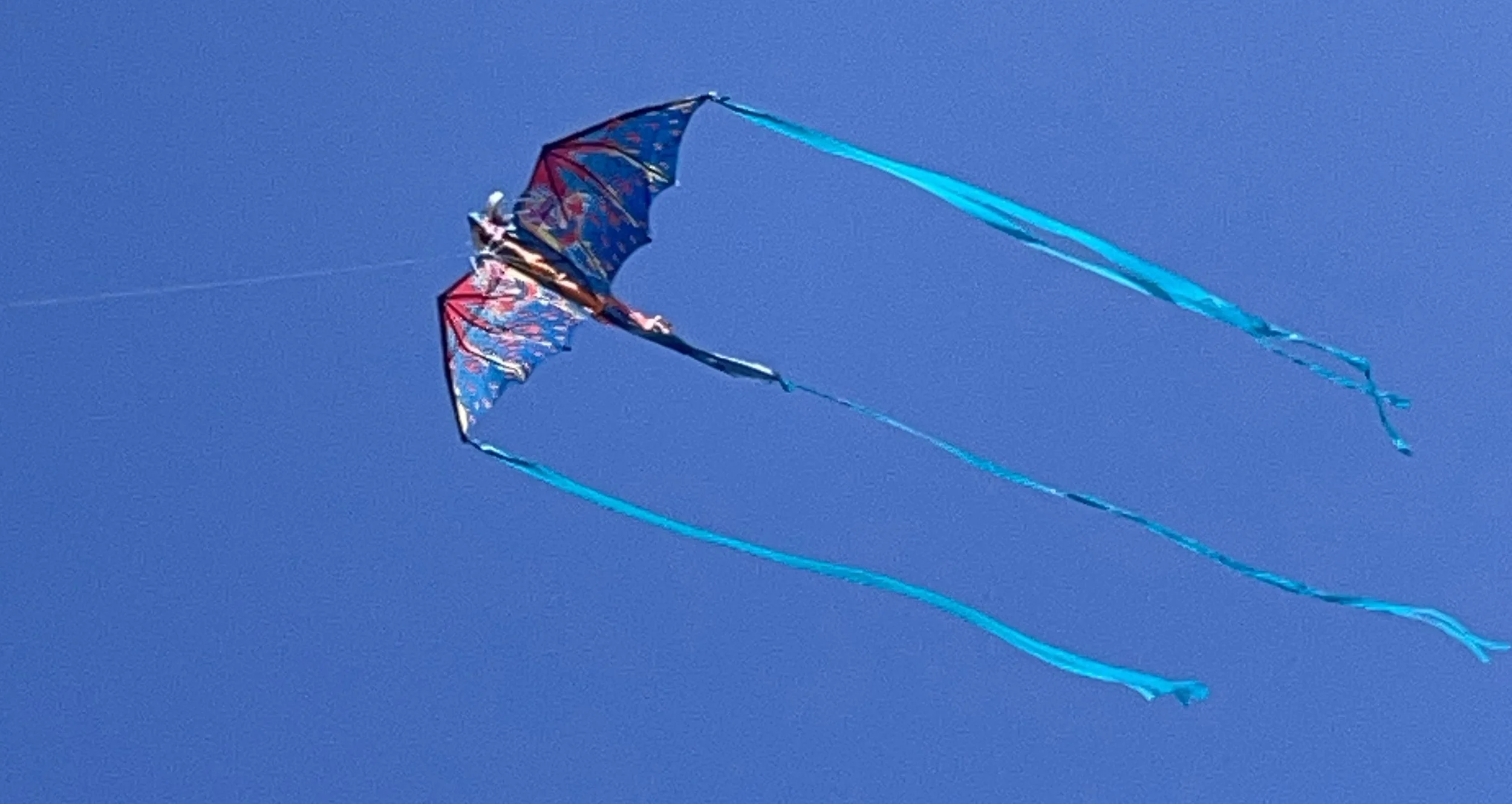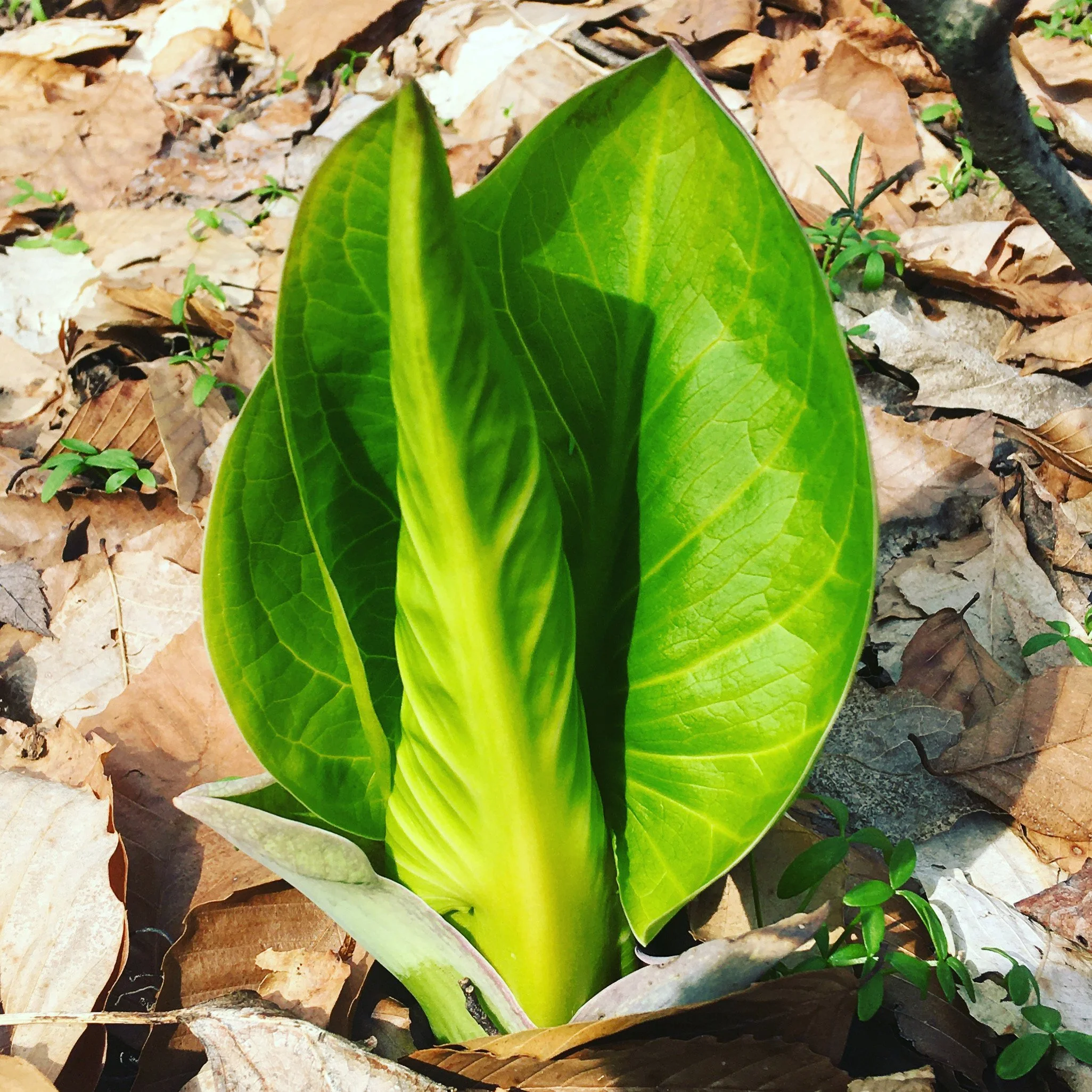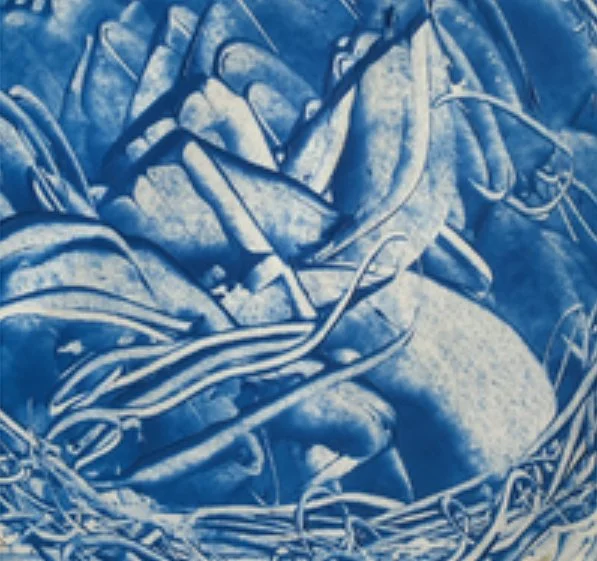Photo by author.
I am not paid or in any way compensated for endorsing the product in this post.
Yesterday was the last day of my 5 day water fast. I can honestly say that I didn’t have any adverse effects. I was a little hungry, but I wasn’t famished. Nor was I fatigued, dizzy, or have brain fog or headaches, which are all common side effects of detoxing. I believe it’s because of the super hydrating water I was drinking.
I’ve never fasted before, though I’ve done plenty of detoxes. Fasting can have health benefits, but it isn’t for everyone. I’ve always been concerned that I’d struggle with hypoglycemia (low blood sugar) from not eating.
So, why did I fast?
Exactly one week ago I completed what was, in spiritual terms, the end of a cycle. That had lasted four years. To say that it was intense would be an understatement; I feel fortunate to be alive. It was brutal to experience, let alone survive. I couldn’t explain it to loved ones, and certainly not to people in my day to day. At times it was all I could do to keep it together. The best I could do was to gather my strength, put my best face forward, and push through.
I came out of the cycle feeling numb. I couldn’t even feel that the cycle had ended. The stress I’d endured over the course of four years had taken a toll on my health. I needed to detox, and finally, with some much needed downtime, I decided to try a water fast, for health and for spiritual reasons.
Digestion is the most taxing bodily process, lasting up to eight hours. When the body’s many resources aren’t assigned to digestion, they can be put to work detoxing the body, which eventually clears the mind and can open a connection to the higher power, as many people have experienced, fasting.
Science says that feeling hungry, which comes with fasting, can also be a sign of thirst; the same part of the brain that signals hunger also signals thirst. Many foods provide a rich source of water. Namely, raw fruits and vegetables, which contain 70–90% water. But even cooked pasta is plumped up with water and cooked meats can still retain 30% water. Thus, food provides both nutrients and water, hydration, which is more important during a fast.
The water I drank during my fast, Penta water, is super hydrating. I believe it made a difference during the fast and in the results. Better hydration can curb your hunger and help the body detox more thoroughly and efficiently, producing fewer side effects. Water is required in every bodily process. During a fast, the body is rid of old damaged cells, replaced by new ones, and can reduce the risk of chronic diseases, such as diabetes and cancer.
My body felt fully hydrated drinking the first bottle of Penta water. The inflammation in my fingers was visibly reduced. My gut relaxed and was freed of distress. The pain around some bruised ribs from a fall decreased immediately.
Penta water goes through a multi-step purification process and then is oxygenated, which structures water molecules to be better absorbed by the body, for optimal hydration.
I’ve read where once you open a bottle of Penta that you have to drink the water within 30 minutes or it can start to lose the oxygenation. Much like how mineral water loses its fizz once you open a bottle. I didn’t noticed a difference. Perhaps sealing the lid as soon as I finished drinking made a difference.
Penta water can be expensive to drink every day, but because it’s super hydrating, I’ve found that I drink less.
Here are some key points about fasting and my own experience:
As I wrote earlier, water fasting isn’t for everyone. If you have a medical condition or you’re pregnant or a child, you shouldn’t fast. Consult your physician or health practitioner for guidance.
Typically, 3 days are advised, but I did 5 days because I read where stem cell production increases after 72 hours, as does human growth hormone on day 5, which helps with tissue repair (https://www.newsweek.com/water-fast-diet-fasting-benefits-1802881). If you’ve already invested 3 days, you might as well reap the additional benefits, if you can last. Some people have done much longer fasts, up to 20 days, for spirituality and/or under medical supervision.
It’s advised to prepare for a fast. This can also make a difference. Shortly before starting mine, I began eating clean — organic, fish/seafood, a lot of vegetables, berries, citrus, nuts, and avocados — drinking alkaline water with electrolytes, and taking a multivitamin/multi mineral daily. I had started a mild intestinal cleanse, and I had been intermittent fasting, eating twice a day, at breakfast and dinner.
During my fast, other than spending time in nature, I did absolutely nothing. It felt really good. I went to bed early, went online minimally, and meditated. I continued taking a multivitamin/multi mineral supplement daily and doing the intestinal cleanse.
It’s also advised to break a fast slowly and gently. For example, by consuming juices and broths, to avoid an electrolyte imbalance. I think this was less important for me having stayed very hydrated. I broke my fast with an avocado sandwich and a little pasta and didn’t have any side effects.
My results included: overall loss of body fat, particularly belly fat; a noticeable reduction in inflammation; restored gastrointestinal functioning; improved sleep; better hormone functioning; having a clearer mind; a brighter appearance; and creating a stronger connection with my inner world and the higher power.
Information on detoxing and other health topics can be found in my book, The Simple Seven. I also do consultations.
Detoxing is an important aspect of health that is often overlooked. Our bodies require periodic cleansing as maintenance in order to function optimally. But a thorough understanding of how the body detoxes on its own is required. As there are pros and cons to the various methods out there, it’s wise to chose those which complement the body’s natural detoxing power for the best results.
***
The Simple Seven © Marlene Veltre 2024 All rights reserved
No portion of this post may be reproduced, distributed, or transmitted in any form or by any means, including recording or other electronic or mechanical methods, without the prior written permission of Marlene Veltre.
The information in this post is to be used for educational purposes only. It is not intended to serve as a substitute for professional medical advice or to prevent, cure, or heal any illness or disease. You should always see your doctor or health practitioner.







